SEARCH






|
|
|
|


by Yan Zhang
Australian photographer Yan Zhang explains why having a personal vision is the key to defining fine light in landscape photography.
Landscape photography is a great art form. Creating a good landscape photograph is one of the most challenging photographic endeavours, as described by Ansel Adams: “Landscape photography is the supreme test of the photographer – and often the supreme disappointment.”
Like all other kinds of photography, light has been viewed as one of the primary factors that influences the quality of landscape photography. In general, a great landscape photograph must meet three criteria: technical perfection, an appealing composition, and illustration with fine light. The use of fine light is believed to be the essential element, yet, it is a difficult skill to master.
There have been numerous books and articles written about light and how to use light in landscape photography. Traditionally, many people think the best light for landscape photography occurs during the two golden moments of a day – sunrise and sunset. This is true because the quality of light during these periods of time produces spectacular photographs.
However, a photographer may use more than one type of light to produce an exceptional photograph. We may call such light fine light. What types of light can be treated as fine light?
In this article, I will provide my personal viewpoints on the use of fine light in landscape photography through a sequence of illustrations and explanations of specific images I have taken over the years.
Light during magic hours
Sunrise and sunset periods are referred to as magical hours. That is, the period of time starting 30 minutes before and after sunrise and sunset respectively. During these periods, the sun is near the horizon, creating light that is diminished and soft. If the sun is just below the horizon level, the sunlight reflection may generate a spectacular sky when proper cloud conditions are present. If the sun is at the horizon level, the sunlight ray is then almost parallel to the horizontal line and casts long side shadows. Such light condition can produce a pleasing 3D effect of the scenery.
Over the years, I have taken many images during these magical hours. While one may expect a good outcome, taking a stunning sunrise or sunset photograph can be particularly challenging. This is primarily due to the dramatic change in light that occurs over a short period of time. In the meantime, finding an appealing composition is usually not easy either. In many circumstances, creative ideas and approaches are essential in order to transform a good image into an exceptional one – even in the presence of fine light.
The following image Li River Sunrise is a good example for capturing a sunrise scene.
The sun rose from behind the surrounding mountains and the Li River was bathed in the first light of the day. The pink, purple and orange hues from the clouds above were reflected in the calm water and welcomed a lone fisherman to his daily work. This scene was captured after many visits to the same location, and only after a break in what had been weeks of bad weather.
To capture precisely such a dream-like picture, I took three shots within fifteen minutes of each other- each with a focal length of 29 mm.
The first shot was achieved with the aperture set to f/22, ISO 50 and a 20-second exposure. It was captured just as the landscape was starting to reveal some of its color. The long exposure emphasized the tranquility of the scene by creating a still and smooth effect to the river, and it ensured that the clouds were clearly reflected.
The second shot was captured a short time later once the clouds had taken on a more intense and dramatic color. By this stage, the scene had become significantly brighter, so the exposure time was much shorter. Here, a shutter speed of 1.3 seconds was used with the aperture set to f/10 and the ISO to 100. To balance the light between the sky and river, I used a Lee .6 GND (graduated neutral density) soft filter and a Lee .3 GND hard filter. I found that this filter combination provided the best effect without producing any visible gray lines between the water and the mountains.
A few minutes after capturing the clouds, and while my camera was still set up on the tripod, a fisherman paddled into my frame. I took the third shot using an aperture f/8.0 and a shutter speed of 1/13 second. The first two shots were well planned – the third shot was unexpected and captured by chance.
The final image was a result of merging the three shots in Photoshop.
The following two images were taken during sunrise and sunset, respectively.
Transition light
There is another type of light occurring during the transition period between day and night, which I call transition light. It covers longer hours than the two twilight periods of a day. For several years, I have observed that well before twilight occurs, the sky usually starts to change. This change is at first so subtle that our naked eyes hardly see it.
In fact, many landscape photographers are aware of this type of light when they take night photographs and then subsequently take sunrise shots, or vice versa. However, not many photographers pay heed to such dynamic transition periods.
Technically, the morning transition period starts from so-called astronomical twilight, whichis about one and half hours before sunrise time, and ends at the beginning of ordinary twilight, also called civil twilight – 30 minutes before sunrise. Similarly, the night transition period starts at evening civil twilight – 30 minutes after sunset, and ends one hour later.
As I started landscape photography, I have been deeply intrigued by this natural phenomenon of light transition between day and night. Images illustrating such amazing scenes always evoke a great emotional response. I decided to capture this phenomenon in my images at different photography locations.
The images captured with transition light are different from other night images; they usually present with a surreal illustration of beauty which is created by a mixture of stars and transition light in the sky.
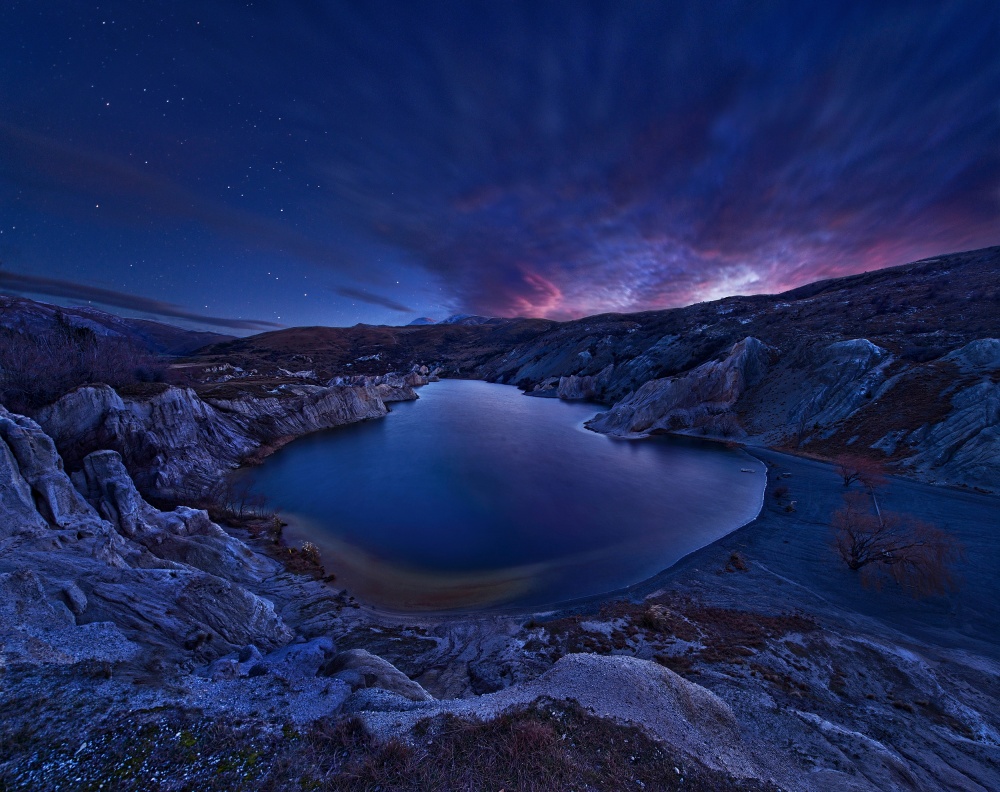
Blue Lake (morning transition)
Blue Lake is located in Saint Bathans – a former gold and coal mining town in the Otago highland region of South Island, New Zealand. Because of its remote geographic location, Saint Bathans is not a popular place for tourists and photographers. It is quiet, especially in winter. People sometimes call it a ghost town. I only heard about Saint Bathans after my fourth trip to South Island. The more information I received about this place, the more my curiosity increased. When I planned my winter trip to the South Island in July 2014, I decided to visit Saint Bathans.
Before the trip, I was expecting the snowfall to make the scenery special. However, the weather broadcast said that it would be a sunny day. I decided to try my luck for the morning shot. I woke up well before twilight and went to the lake. The lake was frozen and the dark sky was full of stars. It was starting to look like another cloudless ordinary morning again. A short moment later, I noted that some clouds had moved in from the Northeast direction. The sky was still very dark with a lot of twinkling stars, but I got the sense that an exceptional chance was coming for me to photograph Blue Lake during transition light.
I positioned my tripod at a vantage point so that the entire lake was in my view. My idea was to capture the dynamic transition of the sky without losing all the details of the lake and its surrounding elements. However, since the East direction was on the front right side of my camera, it was impossible to capture all the details of the lake surroundings if the same exposure was used to shoot the sky.
To overcome this obstacle, there were only two options: either use a much longer exposure time for shooting the lower region, i.e. the foreground, lake and its surroundings, or, after finishing the sky shoot, keep the same position and wait until the light condition improves so details of the lower region could be correctly captured. I decided to go for the second method because the sky was quickly changing – every single long exposure shot meant that I would lose opportunities to take more sky shots.

(Blue Lake) was a result of merging six shots; three for the sky from left to right, and three for the lower regions from left to right, but with some time delay after the three sky shots.
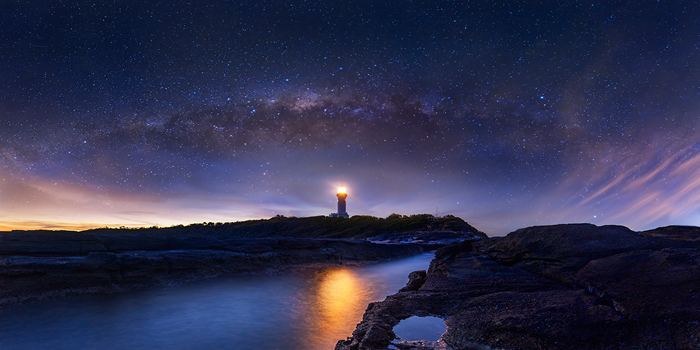 Norah Head Lighthouse (panorama, evening transition)
Norah Head Lighthouse (panorama, evening transition)
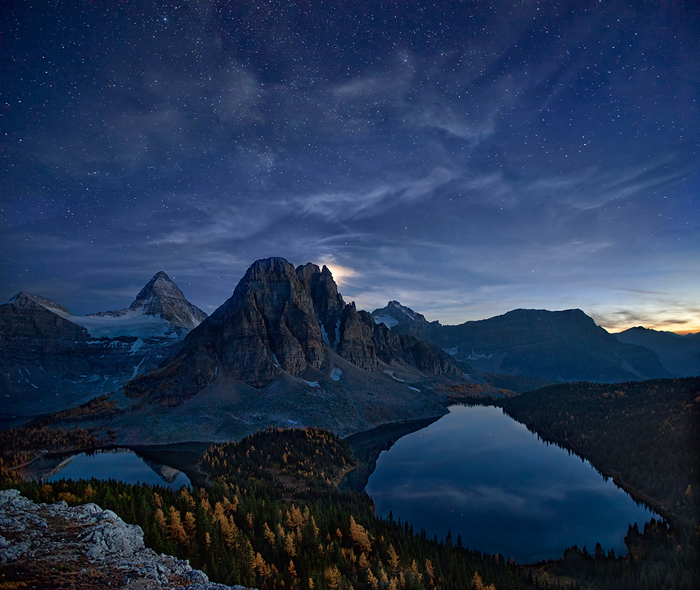
Mount Assiniboine (evening transition)
Midday light
Midday light, sometimes called direct light, is light occurring one hour after sunrise to one hour before sunset. We exclude some exceptional geographic locations, such as places near the two poles where the light conditions in winter and summer are very different. Midday light is usually harsh and intense with a high contrast effect, which many photographers believe is not desirable for taking landscape photos.
Indeed, in past years, I have had many unpleasant experiences of taking photographs during midday: most of the time, the color of scenes had been largely washed out, and strong sunlight caused high dazzling reflections from all object surfaces.
Nevertheless, over the years, I have also observed there to be special circumstances in which we may use midday light to take exceptional images. Sometimes, midday light is the best light condition for our photography subjects.
There are certain conditions suitable for taking shots when sunlight is directly overhead a water surface.

Sylvia Falls
The waterfall image shown above is an example of a shot taken where the sunlight is directly overhead. This is Sylvia Falls located in Blue Mountains, New South Wales, Australia. This waterfall is surrounded by forests and is only exposed to sunlight during midday for one or two hours depending on the season. I have been to this location many times to photograph the waterfall. Only those images I took during midday at this location were appealing enough due to the sunlight highlighting the spray of running water.
The waterfall illustrated above is one of the largest waterfalls amongst hundreds in Milford Sound, South Island of New Zealand. I took this image one early afternoon on a cruise. The strong midday sunlight directly overhead the water surface created these eye-catching ripple reflections. Without such ripple reflections, this image would be much less impressive.
Midday light may be used in a smart way when we are at a high attitude to capture mountain photographs.
I discovered special midday light effects after a couple of climbs in the Southern Alps, New Zealand. In a mountainous environment, sunrise and sunset times are quite different. For instance, if we are in close proximity to mountain peaks, midday light will usually project various shadows on the nearby rocks and mountain ridges, even if the sun is still high. Such light and shadows may create interesting elements that we can use for our photography.
The photograph above was taken in Ball Ridge, Mount Cook. I climbed to this location, 1800 meters above sea level, with my mountain companion on 7 November 2014. After we had set up our tent, I started to explore the surrounding area. The sun was still very high, but the sunlight had already projected shadows from the left side of the mountain peak, right across to the other side of the glacier face. The foreground of rocks on the right was just outside the shadow border with a front standing rock framed by the shadow behind.
Developing a personal vision
Over the years, photographers have devoted a great deal of effort to capture fine light in photography. From the descriptions above, we know that fine light has a much broader meaning than we initially thought.
Besides the three types of light I have mentioned, there are many more. For instance, another type of light is so-called soft light. While it is difficult to precisely specify when soft light would occur during a day, soft light is diffused and scattered, and creates shadows with a gradual transition from light to dark. It is probably the subtlest light to master in photography.
The photo above is an example of soft light. The reeds illustrated in the photograph were situated in a small pond near my home. I visited the location many times during a six-month period and tried to photograph them with different compositions at different times and in different light conditions. The results I received were not satisfactory. One morning, I came to this location again. It was a perfectly calm, yet overcast day. After the sky had lightened, I decided to use a 4-stop ND filter and a 2-stop soft GND to capture a long exposure shot. The outcome was amazing– 6 seconds long exposure under soft light conditions, captured perfectly the reflections of these reeds.
Overall, as a landscape photographer, I truly believe that a personal vision is the key to defining one’s use of fine light in landscape photography. The combination of creativity, perseverance and technique can drive personal vision and open the mind to the visual possibilities of photography.
 | Write |
 | Lior Yaakobi Easily one of the best landscape photographers out there.
Thank you for sharing. |
 | Graham Daly I could not agree more about the need for Landscape photographers to study, understand, experiment with and master the usage of the various types of natural lighting conditions that be found out amongst the landscapes at the different times of day and year. Developing a unique vision and style is also essential in my opinion.
Great article and very nice images. |
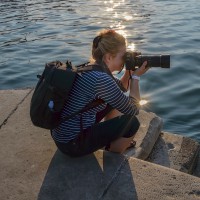 | Tamara Brnelić PRO Great article and images...very valuable...many thanks for sharing! |
 | Nick van Dijk Good evening Yan,
Excellent explanation and fabulous images to accompany the text!
Thank you Yvette!
Grtz, Nick
|
 | Massimo Della Latta Splendide |
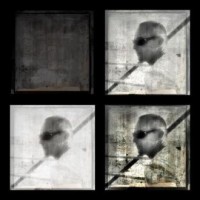 | Paulo Abrantes PRO amazing article..., many thanks for all this knowledge sharing and inspiration |
 | Yvette Depaepe CREW Great article about "Fine light", Yan. Thanks for sharing your experience, my friend! |